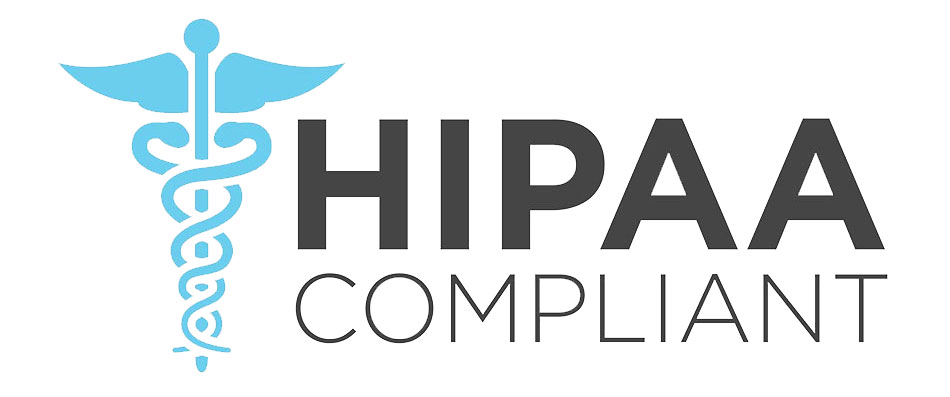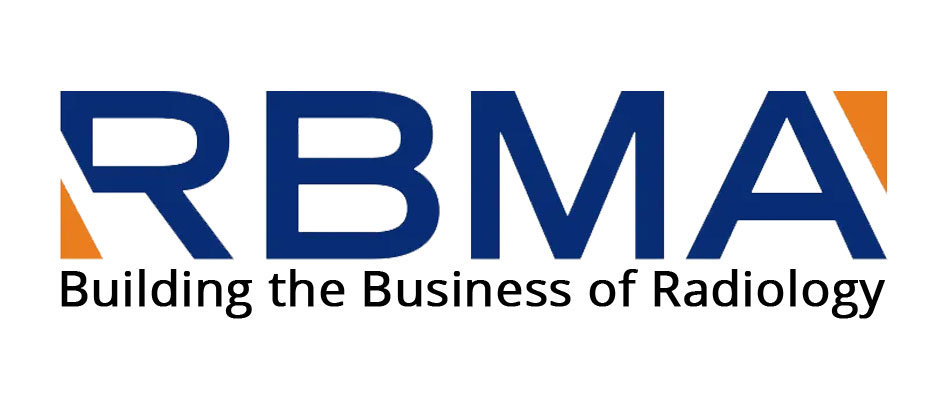A smooth patient registration process is a crucial element of quality healthcare delivery. It sets the tone for the patient's experience and helps healthcare providers capture vital information necessary for effective patient management. However, this process can often be time-consuming, frustrating, and prone to errors, leading to a negative experience for both patients and healthcare providers.
The patient registration process is an integral part of the patient's journey that can influence their overall experience.
Innovative patient registration services are increasingly becoming a necessity rather than an option, offering solutions that streamline the entire process, improving efficiency and patient satisfaction. As a part of this digital transformation, patient registration consulting services assist healthcare providers in adopting these advancements effectively. This article delves into the realm of digital patient registration services, highlighting the significant role of AI in patient registration services, and presents six key strategies to revolutionize this crucial aspect of healthcare delivery.
Reimagining Patient Registration for a Streamlined Healthcare System
The initial step in the healthcare journey can often be daunting, filled with paperwork and waiting. But imagine transforming this experience into a seamless, stress-free process. There are ways to revolutionize healthcare by improving this registration process. Here are six key strategies -
-
Implementing Electronic Health Records (EHRs)
EHRs can streamline patient registration by storing all patient information in one place. The data can be easily updated and accessed by all authorized staff, reducing the time spent on manual paperwork and minimizing errors. EHRs can also be integrated with other hospital systems, such as billing and scheduling, to further enhance coordination.
-
Encouraging Online Pre-Registration
Online pre-registration allows patients to complete their initial paperwork at their convenience before their visit. This can significantly reduce wait times and administrative tasks upon arrival. An online form can also facilitate the collection of precise data as it can include prompts for necessary information and prevent submission until all required fields are filled.
-
Utilizing Self-Service Kiosks
Self-service kiosks can be placed in the waiting area to automate the on-site registration process. Patients can enter their information directly into the system, reducing the likelihood of errors due to misinterpretation or illegible handwriting. Kiosks can also accept payments, print forms, and provide instructions for the next steps, offering a more comprehensive service.
-
Employing a Dedicated Registration Staff
Having a dedicated registration staff can ensure the process is handled efficiently and professionally. These staff members can be trained to quickly identify errors or missing information, saving time for both the patient and the healthcare provider. They can also provide a personal touch, addressing any questions or concerns the patient may have and making them feel more at ease.
-
Offering Mobile Registration
Mobile registration apps offer the ability for patients to register and fill out forms from their smartphones, improving accessibility and convenience. It also allows patients to upload necessary documents and insurance cards, streamlining the in-person visit.
-
Regularly Reviewing and Updating the Process
Finally, healthcare providers should regularly review their patient interaction process for areas of improvement. This can be achieved through regular audits, feedback from patients and staff, and keeping up with technological advancements.
By implementing these strategies, healthcare providers can improve the patient registration process, leading to increased patient satisfaction, improved efficiency, and better healthcare outcomes. These improvements signify a revolution in healthcare, demonstrating commitment to providing the best possible patient experience.
What is the Patient Registration Process?
Imagine a day in the life of a new patient, entering a healthcare facility for the first time. The person is feeling a bit sick and decides to seek medical aid. The journey begins with the patient registration process, a crucial part of the healthcare experience.
-
Pre-Registration
The first interaction occurs over a phone call, where basic details like name, date of birth, contact information, and reasons for the visit are collected. This step marks the creation of a new patient record and the beginning of the healthcare journey.
-
Insurance Verification
Next, the healthcare facility requests insurance details. They carefully verify the policy number, coverage, and copayments. This step ensures that the services provided will be covered under the insurance policy, giving peace of mind to the patient.
-
Medical History and Consent Forms
The patient is then asked to provide a detailed medical history, including any allergies or pre-existing conditions. Additionally, consent forms are signed, acknowledging the understanding of procedures, potential risks, and privacy policies. This step ensures the healthcare providers are fully informed and can provide the best care possible.
-
Appointment Scheduling
An appointment is then scheduled based on the patient's convenience and the healthcare provider's availability. Rescheduling and cancellation policies are also explained, ensuring clarity, and understanding.
-
Identity Verification
On the day of the appointment, the patient checks in at the healthcare facility, confirms the appointment, and provides a photo ID for verification. Any copayments or deductibles are also handled at this point, ensuring all financial aspects are addressed upfront.
-
Streamlined Check-Out
After the consultation, the patient checks out, where any necessary follow-up appointments are scheduled, and any remaining payments are settled, concluding the visit on a smooth note.
-
Coding and Billing
After the visit, the healthcare facility continues its work. A medical coder translates the services provided into industry-standard codes for billing purposes. These coded bills are then sent to the patient's insurance company for payment.
Digital Innovation in the Patient Registration Process & Key Optimization Strategies
Technical documentation, when executed with precision, becomes a critical asset within the project management ecosystem, catalyzing a series of positive outcomes that extend well beyond the drafting table.
-
Investing in People
The staff at healthcare centers are the front-line in-patient registration. Regular, hands-on training can ensure they are confident in using registration systems and understand the importance of entering data accurately. For instance, training could include role-playing scenarios to understand patient needs and concerns better.
-
Engage Patients in their Care
Patients who are informed and involved in their care journey often have better experiences. For example, by providing easy-to-understand brochures or videos, patients can be guided through the registration process. Additionally, having staff on hand to answer any questions can be immensely helpful.
-
Make Data Verification a Priority
Errors in patient data can lead to insurance claim denials and delays in treatment. Implementing real-time data verification can reduce these errors significantly. For instance, integrating systems with insurance providers could allow automatic insurance detail verification, reducing financial inaccuracies.
-
Create a Consistent Experience
A standardized registration process across all departments can provide a consistent and reassuring experience for patients. This also helps staff, as they can follow a set process, reducing the chances of errors or omissions.
-
Embrace a Culture of Continuous Improvement
Regularly reviewing and updating the registration process based on staff and patient feedback can lead to ongoing improvements. Key Performance Indicators (KPIs) such as patient waiting times, registration errors, and patient satisfaction rates can be tracked to measure progress and identify areas for improvement.
-
Promote Open Communication
Encouraging open communication between administrative, billing, and medical departments can help resolve any issues quickly, ensuring a smooth registration process. Regular meetings or an internal communication platform could facilitate this.
-
Put Patients First
The registration process should be designed with the patient in mind. This means privacy, comfort, and convenience should be prioritized. For example, ensuring registration areas are private and comfortable, and minimizing the number of steps in the process where possible.
Optimizing the patient registration process is crucial for enhancing patient care. This can be achieved through digital platforms, staff training, data accuracy, reduced wait times, and a robust feedback system. These strategies aim to improve patient experience and satisfaction. Ready to transform your patient registration process? Contact us today for this journey towards unprecedented efficiency and patient satisfaction.
Our Customers





Key Differentiators
AHIMA Healthcare Convention 2016
FAQs

USA
Flatworld Solutions
116 Village Blvd, Suite 200, Princeton, NJ 08540
PHILIPPINES
Aeon Towers, J.P. Laurel Avenue, Bajada, Davao 8000
KSS Building, Buhangin Road Cor Olive Street, Davao City 8000
INDIA
Survey No.11, 3rd Floor, Indraprastha, Gubbi Cross, 81,
Hennur Bagalur Main Rd, Kuvempu Layout, Kothanur, Bengaluru, Karnataka 560077















